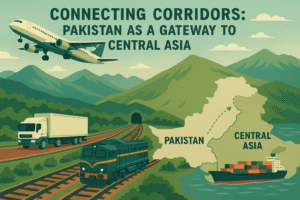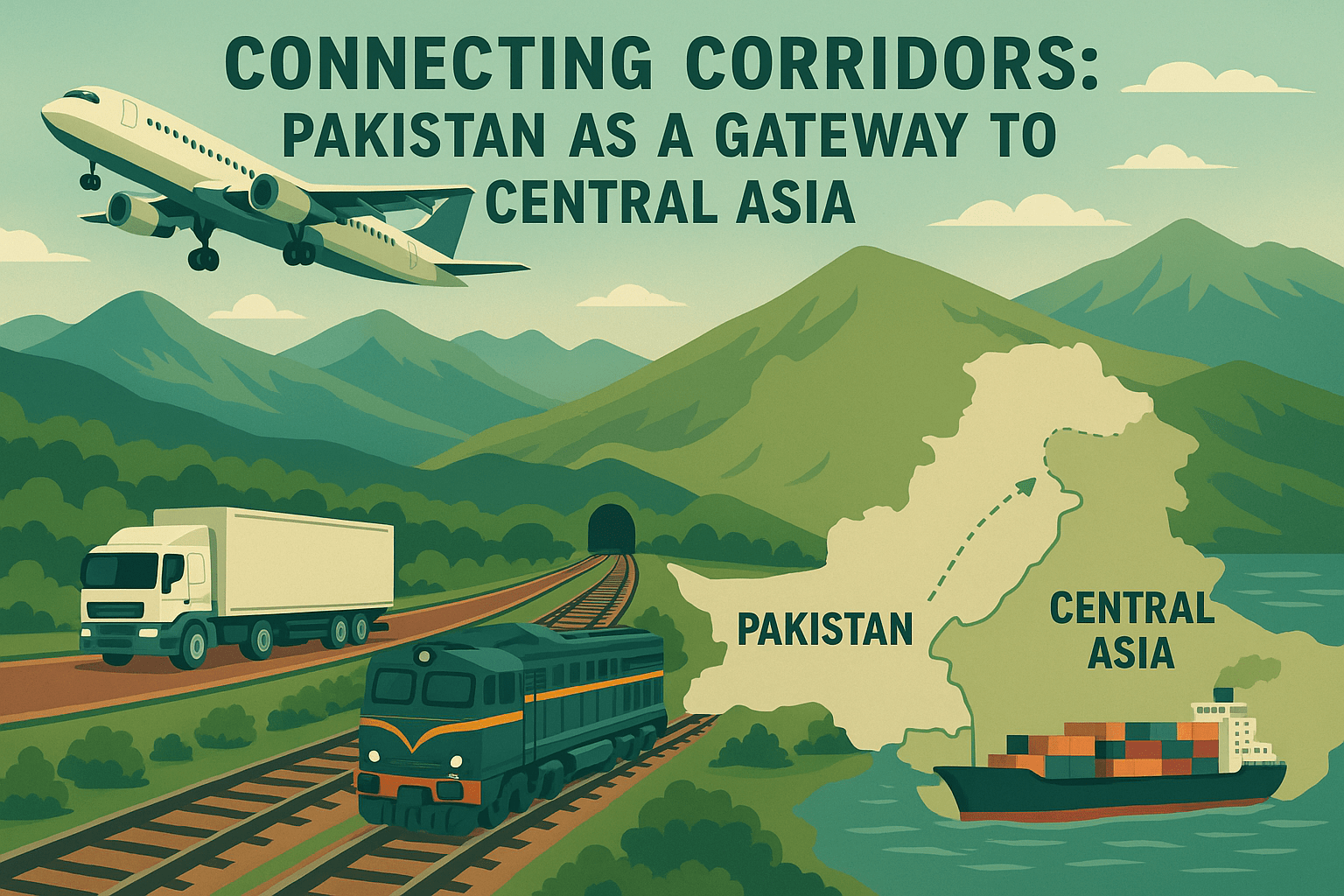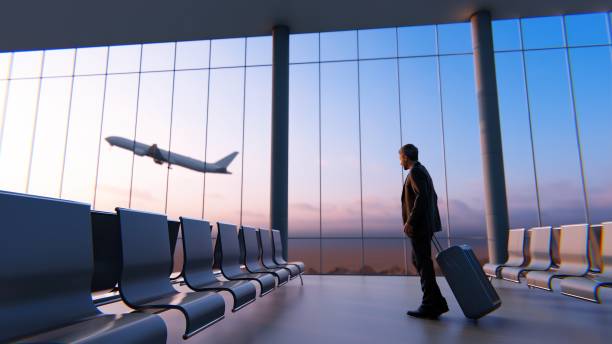In the 21st century, regional connectivity and economic integration are defining global trade strategies. For South and Central Asia, Pakistan emerges as a natural land bridge—geographically positioned to serve as the gateway to Central Asia’s vast and untapped markets. With the rise of trade agreements, modern transport infrastructure, and regional initiatives like the TIR (Transports Internationaux Routiers) and CPEC (China-Pakistan Economic Corridor), Pakistan is rapidly positioning itself as a crucial transit hub that connects landlocked Central Asian Republics (CARs) to the world.
The Strategic Significance of Pakistan’s Geography
Pakistan shares borders with China, Afghanistan, and Iran, and is within economic reach of all five Central Asian states—Kazakhstan, Kyrgyzstan, Tajikistan, Turkmenistan, and Uzbekistan. These CARs are rich in natural resources such as oil, gas, minerals, and cotton, yet remain largely landlocked and dependent on access to foreign ports for trade.
Pakistan’s southern coastline along the Arabian Sea, with major ports like Karachi, Port Qasim, and Gwadar, offers these countries the shortest and most cost-effective route to global markets. Historically part of the ancient Silk Route, Pakistan is now reviving this connectivity under a modern framework.
The Role of NLC in Strengthening Regional Trade
At the forefront of Pakistan’s regional trade logistics is the National Logistics Corporation (NLC), which has taken active steps to connect Pakistan to Central Asia through modern freight corridors and TIR operations.
In partnership with DP World, NLC has successfully moved multi-goods container convoys under the TIR Convention from Karachi to Tashkent and other Central Asian destinations. This reduces transit time, streamlines customs clearance, and enhances trade efficiency.
NLC’s services are transforming Pakistan into a regional trade enabler, supporting seamless freight movement via:
- Pakistan-Afghanistan-Uzbekistan corridor
- Pakistan-Iran-Turkey-Europe corridor
- Pakistan-China land route through Khunjerab Pass
TIR Convention: Breaking Trade Barriers
The TIR system allows goods to transit through multiple countries with minimal customs checks, secured seals, and digital documentation. Pakistan acceded to the UN TIR Convention in 2016, and NLC has since emerged as a pioneer in implementing it for cross-border trade.
Benefits of the TIR system include:
-
Simplified customs procedures
-
Reduced cost of doing business
-
Shorter transit times
-
Safer and more transparent cargo movement
These benefits are crucial for landlocked Central Asian states seeking reliable trade access via Pakistani ports.
Key Corridors and Routes in Action
1. Pakistan-Afghanistan-Uzbekistan (PAKAFUZ) Corridor
This corridor represents a trilateral trade and transit breakthrough, offering Uzbekistan and other CARs direct access to Pakistani ports. NLC has moved cargo convoys via Torkham and Chaman, showing the corridor’s viability.
2. China-Pakistan Economic Corridor (CPEC)
CPEC has brought massive infrastructure development to Pakistan, including highways and dry ports. These investments support trade logistics for Central Asian cargo moving through Pakistan to China or the Arabian Sea.
3. Pakistan-Iran-Turkey Trade Corridor
This corridor, also operational under the TIR system, provides Central Asian states a westward route to European markets, with Pakistan as the launch point for trade to Iran and beyond.

Economic and Strategic Benefits for Pakistan
✅ Boost to Trade Revenue
Increased transit trade generates income through port fees, handling charges, fuel sales, and warehousing.
✅ Job Creation and Industrial Growth
As trade volumes rise, so does demand for logistics, warehousing, trucking, and support services—fueling job creation and SME development.
✅ Regional Peace and Stability
Enhanced trade ties create mutual economic interdependence, leading to improved diplomatic relations and reduced conflict risk in volatile regions.
✅ Geo-Economic Shift
By facilitating access to Central Asian markets, Pakistan strengthens its geo-economic narrative—from a security state to a trade-centric economy.
Challenges to Address
While the prospects are promising, there are challenges to overcome:
- Border Security and Political Stability: Instability in border regions like Afghanistan can disrupt trade flows.
- Infrastructure Bottlenecks: Continued investment is needed in rail networks, dry ports, and warehousing facilities.
- Regulatory Harmonization: Cross-border trade requires consistent customs and transit policies among all regional partners.
- Awareness among Local Exporters: Many Pakistani businesses are unaware of the trade potential with Central Asia and the TIR system’s benefits.
Government and Institutional Support
Pakistan’s Ministry of Commerce, FBR, NLC, and Pakistan Customs are working together to streamline the trade ecosystem. The launch of the Pakistan Single Window (PSW) is an example of the digital shift, simplifying trade documentation and customs processes.
Initiatives like the Special Economic Zones (SEZs) along CPEC routes further enhance trade infrastructure and attract investment.
The Road Ahead: A Trade-Driven Future
Pakistan’s role as a gateway to Central Asia is no longer a vision—it’s in motion. With modern trade corridors, digital customs facilitation, and public-private partnerships like NLC-DP World, Pakistan is transforming into a logistics powerhouse for the region.
As TIR operations expand, more goods will flow through Pakistani territory—connecting Central Asia to the Middle East, Africa, and Europe. This positions Pakistan not just as a beneficiary of regional trade, but as its facilitator and leader.







